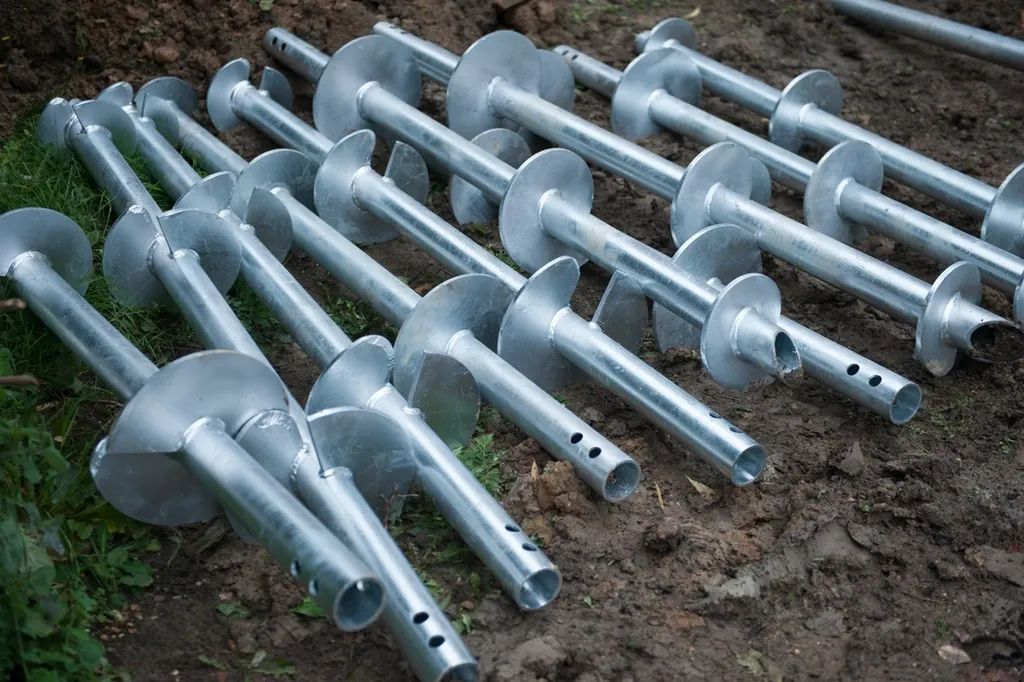In the ever-evolving world of geotechnical engineering, a groundbreaking study led by Seyed Sajjad Hosseini from the Faculty of Civil Engineering of Shahrood University in Iran is turning heads. Published in the esteemed journal ‘مهندسی عمران شریف’ (translated as ‘Sharif Journal of Civil Engineering’), Hosseini’s research delves into the behavior of helical piles under different loading speeds, offering insights that could reshape the energy sector’s approach to foundation solutions.
Helical piles, known for their eco-friendly nature and unique design, have gained traction in recent years. Unlike traditional concrete piles, they boast a higher load capacity and are easier to install, making them a favorite for projects with limited access. “The environmental benefits are significant,” Hosseini explains. “They cause minimal disturbance to the soil and pose fewer environmental risks, making them a sustainable choice for modern construction.”
The study, conducted using a 1g physical modeling device, investigated the tensile behavior of helical piles under varying loading speeds and the impact of adding a second helix to a single-helix pile. The research focused on two scenarios: high (95%) and low (45%) relative densities of soil.
The findings are compelling. The study revealed that soil compaction had a more substantial effect on improving soil bearing capacity than the loading speed or the number of helices. “We found that increasing the relative density and the number of helices significantly boosted the final load capacity,” Hosseini notes. “However, increasing the loading speed decreased the final bearing capacity by about 56%.”
For the energy sector, these insights are invaluable. Helical piles are increasingly used in the installation of wind turbines and other energy infrastructure, where minimal environmental impact and high load capacity are crucial. The study’s findings could lead to more efficient and cost-effective foundation solutions, ultimately driving down costs and reducing environmental impact.
Hosseini’s research also highlights the need for further investigation into the performance of helical piles. “Current methods for predicting and determining the bearing capacity need improvement,” he states. This call to action could spur further innovation in the field, leading to even more advanced and sustainable foundation solutions.
As the energy sector continues to evolve, the demand for innovative and environmentally friendly construction methods will only grow. Hosseini’s research is a significant step forward, offering valuable insights that could shape the future of geotechnical engineering. With the findings published in ‘مهندسی عمران شریف’, the academic and professional communities now have a robust foundation upon which to build further advancements in helical pile technology.

